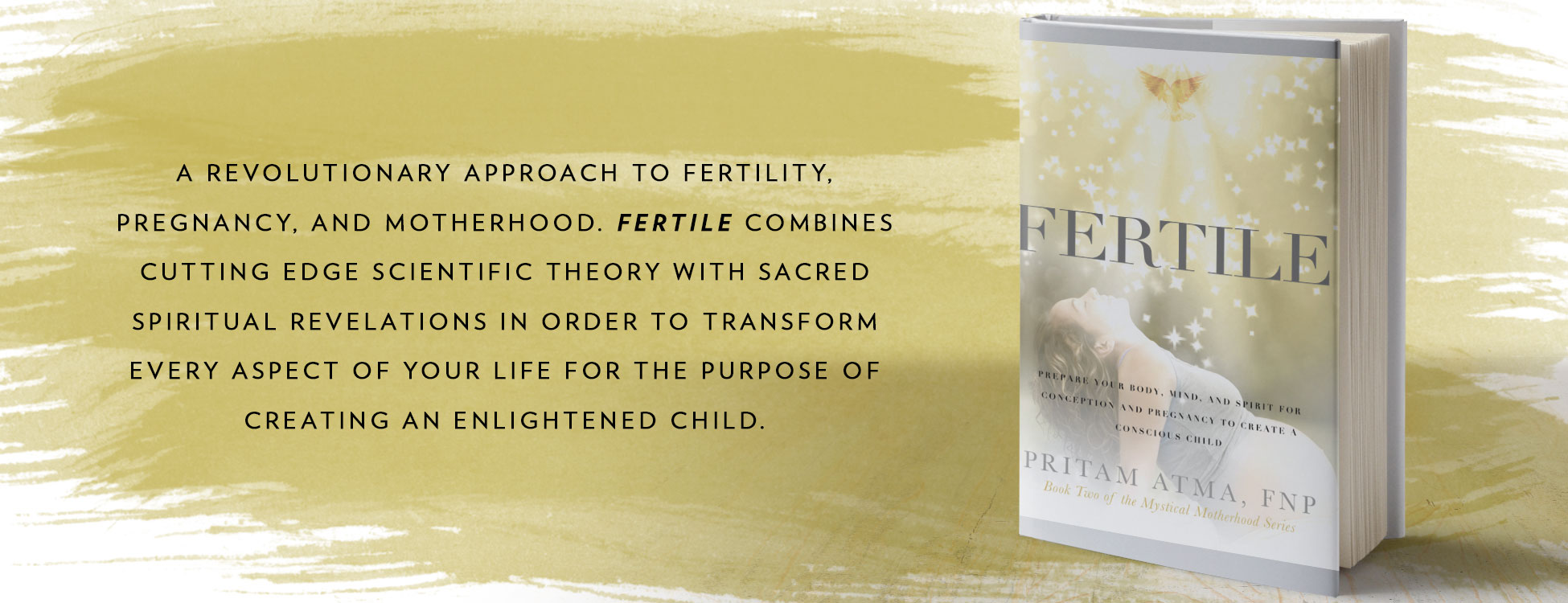
How to Avoid Nutrient Depletion in Pregnancy
Approximately seventy-four percent of American women are lacking proper nutrients in their diet. The effects of this level of depletion may not be apparent in your current state of health, but at some moment in time down the genetic chain someone in your family will suffer from this level of loss. Our genome has been maltreated for too many years, which may be the cause of the massive reproduction issues we are now experiencing.
Each generation will suffer more if we don’t start to pay closer attention to our body’s needs. It is only natural that we will start to see more problems with health in years to come, as individuals will likely begin to physically age faster, suffer emotionally and develop diseases at higher rates. In order to protect your children, you not only need to eat right, but you also must consider spacing your children or fully replenishing your nutrient levels between each pregnancy.
In the Western culture, it is common for women to have babies later in life. As a result of this, if they choose to have multiple children, they are birthing them closer together. This does not allow for their bodies to build up proper nutrient reserves, which affects the child’s genome and the mother’s health.
Catherine Shanahan explained in her book Deep Nutrition: Why Your Genes Need Nutritional Food that the fetus behaves similarly to a parasite within the womb—oblivious to the health of the host. The baby will take whatever it needs in order to survive. Each pregnancy drains the mother’s body of vital vitamins and minerals unless she takes the time and energy to replenish.

You will possibly have enough nutrients for your first baby, but will likely be depleted after having more children if you don’t renew your level of health. The women of some tribal cultures naturally understood this. They made efforts to separate the births of their children by three to four years in order to ensure that their bodies would have enough time to nutritionally build themselves back up. They did this to protect the health of their future generations and their genome. If a diet is deficient in fat, the fetus will extract fat as needed from the mother’s brain. If the baby needs calcium he or she will take the nutrients from the mother’s bones if necessary.
The placenta was created to protect the child and has supernatural nutrient scavenging abilities. Even in an environment with poor nutrition, the first child will likely thrive. It’s the following offspring that will experience the disadvantage, especially if the woman’s storehouse of nutrients was not refilled.
If there are not enough nutrients, the second child’s epigenetic expression will likely be impaired, which may cause disease or disability throughout his or her life. Shanahan explained that the subsequent children of a woman lacking a proper nutrient storehouse will be constructed as best as possible under the conditions; however, both the mother and the child may suffer as a result. We have no idea what will happen to the future generations if we do not learn to eat a diet that is nutrient rich like our ancestors.
Shanahan discussed the importance of creating a birth gap between pregnancies in order to restore the nutrient levels of the mother’s body for each child and her own well-being. She said, “Previous studies have shown that births less than eighteen months apart increase child mortality and, in some cases, stunt growth.”
She noted facial disproportions, variances in appearance and skeletal structural asymmetry in second- and third-born children. These subtle symmetry shifts can cause injury or pain later in life. The underlying cause of these structural problems is not because of the birth order, but a result of malnourishment of the mother which affects the child in the womb. Systematic spacing of children and planning are forms of female empowerment and freedom.
Tags: fertile, fertility, mom, mother, nutrition, pregnancy
Trackback from your site.